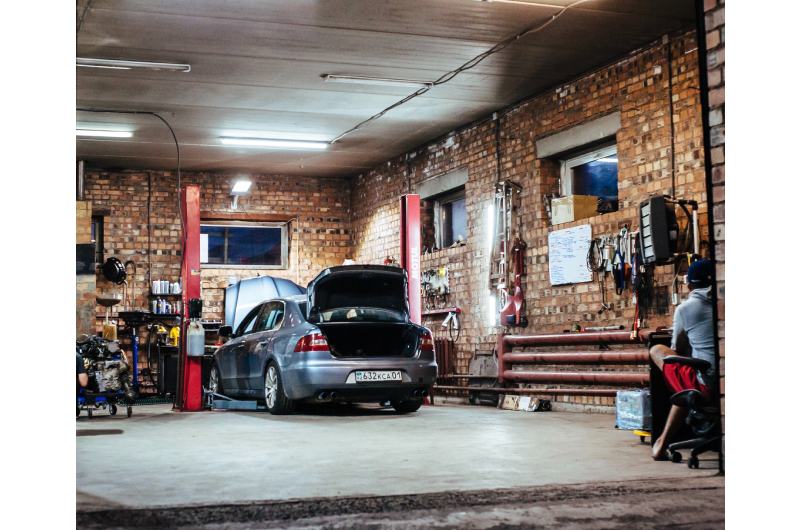
Your Guide to Getting Insurance Warranty for Your Expensive Automobile
- Guest Posts
- February 18, 2021
Having an expensive car is something to be proud of. It’s not simply about bragging when you drive it on the road, but it’s more of showing the world that you are able to have one because you work hard for it. However, when minor problems happen which require some repairs or replacement of parts, you should also be ready for the expensive costs. For this, it is wise and only practical to get a car warranty.
A car warranty is also called MBI or mechanical breakdown insurance. It refers to the insurance policy that provides your car protection against the high costs of the parts that need to be replaced. It also protects you against the high costs of labor needed for the fixing of electrical or mechanical failure. Typically, warranty policies last for as short as one month and as long as five years. Many of the warranties are offered with 12 months of policies that are renewable yearly.
Now, what are the pointers you have to consider as guide when looking for an insurance warranty for your expensive vehicle? Read on below.
Determine What the Car Warranty Covers
Not all warranties are created equal. They are different form each other in so far as coverage is concerned. So, when considering a warranty company, you have to carefully and patiently read the long terms and conditions of the policy. In this way, you’ll clearly see the things the warranty is covering you for. In general, a comprehensive policy covers numerous major components such as electrics, gear box, suspension, steering, cooling system, engine, fuel and ignition systems, transmission system, brake system parts and non-frictional clutch.
Determine if Additional Options are allowed
Though a comprehensive policy may be able to cover most of the important components, there are surely other components that you want but are not covered. So, when dealing with the warranty provider customer representative, you have to ask whether or not adding other components is allowed. One of the options you may want to include is consequential loss. This means that the policy will provide cover for any damage to an insured part specifically if a non-insured part has caused the damage.
Another option that can be added is wear and tear, which means coverage for your expensive car as it deteriorates. Not all warranties include wear and tear. Those that do usually require clients to shoulder a percentage of the costs of labor and involved parts. Related to this is another option called betterment. It involves the use of a part the fits and is better that the original. This may be a result of a claim where you are also expected to shoulder a percentage of the cost.
You also have to be aware of the normal wear and tear parts that are excluded. Usually, these are exhausts, tires and wheels, catalytic converter, audio equipment, satellite navigation systems, brakes and clutch, glass and headlights, paintwork, and damage to the bodywork.
With these guide tips, you’ll be able to find the insurance warranty that works best for you.